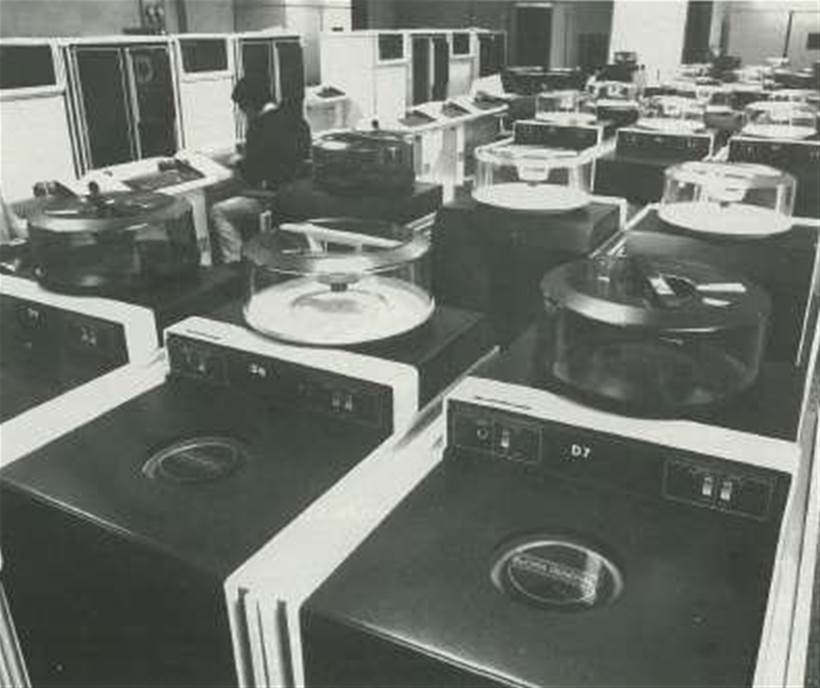While much is presently being made of the investment in processing power at Western Australia's mining operations, such sites have been well equipped for some time.
In March 1982, Australian Business Computer magazine noted a major upgrade of computing systems at the BHP-owned Australian Iron and Steel's work centre in Kwinana, south of Perth.
The company at the time shared data processing facilities with Dampier Mining, another BHP entity which had its own computer on Koolan Island, about 1900 kilometres from Perth and located off the Kimberley coast.
Dampier's own computer was used to "control maintenance scheduling as well as mine planning, stores control and payroll" – effectively what would be known as the functions of an enterprise resource planning system today.
However, it also had the benefit of compute power at the Australian Iron and Steel centre in Kwinana.
This included an Eclipse C/300 that was being used to develop software "for exploration studies and mine planning" – topics, again, that would not be out of place at resources operations today.
The C/300 boasted a memory capacity of between 96 and 256 Kilobytes: the base model came in at "less than $80,000... which is a language anyone should be able to understand", the 1970s brochureware proclaimed.
However, Australian Iron and Steel bought a "top of the range Data General Eclipse MV/8000" for Kwinana. Workloads that had run on the C/300 were transitioned onto the brand new machine.
The MV/8000 was a 32-bit minicomputer that boasted 1.5 Megabytes of main memory, 12 terminals "and a 900 word a minute printer running on it."
Australian Iron and Steel (AIS) also flagged a network upgrade to take advantage of the increase in processing power.
Then AIS' data processing superintendent, Brenda Stannard, dropped a bombshell: the company wanted to install terminals at its mining and exploration sites that would sit on the same network as the MV/8000.
This would all form a technological backbone to centralise operations in Perth.
"It is difficult and very expensive to have people onsite for too long," she said. "If we can supply the information from Perth via the MV/8000 it will be easier, cheaper and quicker."
Over 30 years later, BHP and its rivals are still working on the same futuristic operations construct.
The company has established a remote operations centre in Perth, which allows employees to control equipment and systems thousands of kilometres away, reducing the need for people to be on remote mining sites.
The centre is packed with state-of-the-art computers that provide an overview of the company's entire iron ore operations at a single glance.
The future of mining has a long history, indeed.










